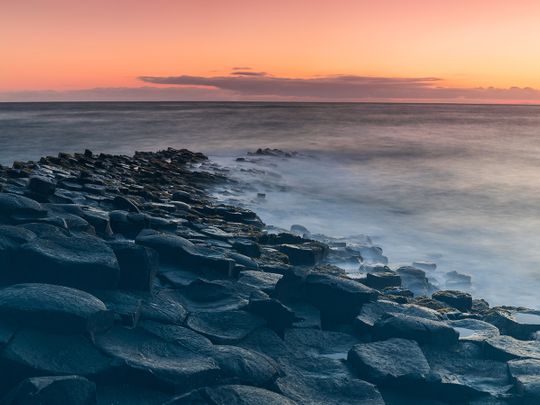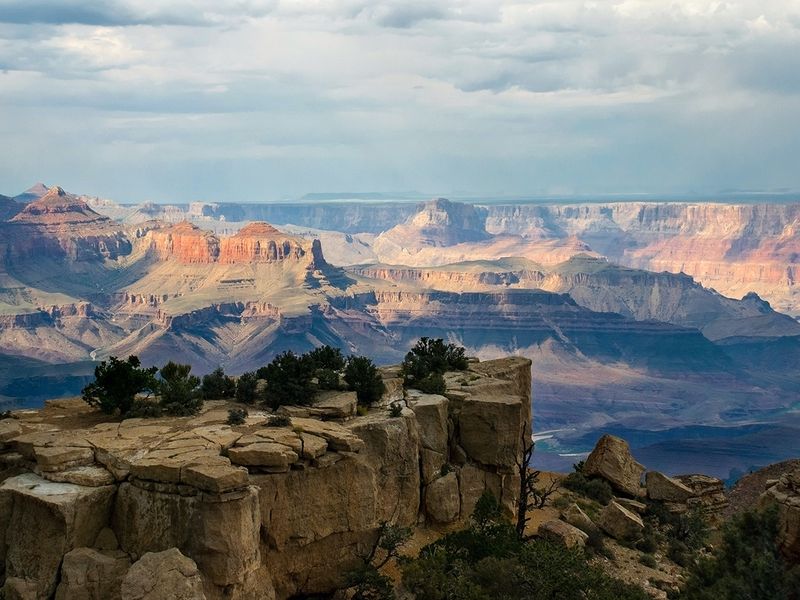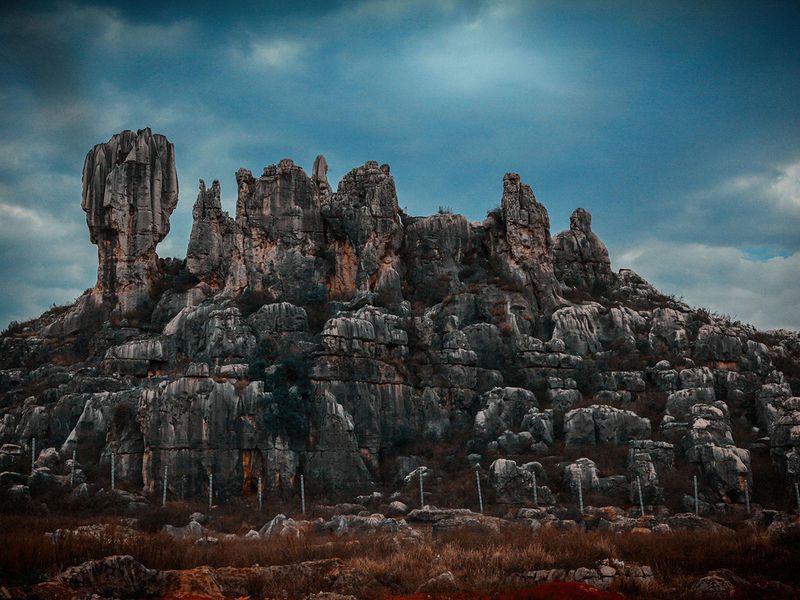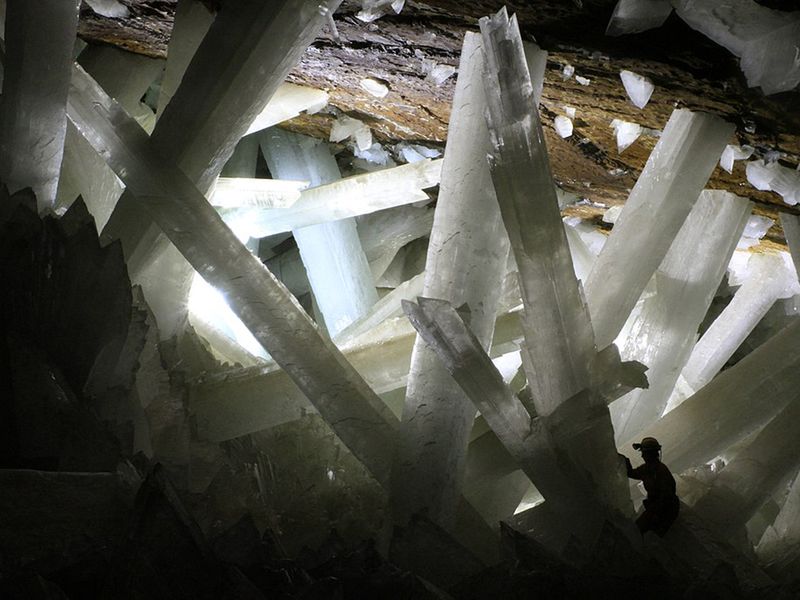
Take a look at the earth around you – the rocks, soil, grass, and even desert dunes. Do you sometimes wonder how they came to be, and what lies far below the ground we walk on?
Click start to play today’s Word Search, where you can find the field of “geology”.
Geologists study the earth, and know exactly why a cave in Mexico is full of enormous crystals, or why the coast in Northern Ireland looks like the location where a giant laid down a cobbled path.
Staying on the theme of interesting geological formations, here are some wonders from around the world that awe and inspire:
1. Grand Canyon, US

Provided vertigo doesn’t get you first, a peek over a ridge at the Grand Canyon is enough to leave you awestruck. About 450km long and up to 1.5km deep in some areas, the canyon seems like someone sliced the ground with a serrated knife and let Nature do the rest. The rocks of the canyon are a snapshot of ancient history. They tell geologists that the earth at the bottom of the canyon is from the Proterozoic age (over 1 billion years old), whereas the rocks nearer to the top are from the Mesozoic age (a few hundred million years old). The canyon’s carved shape was formed due to the retreating Colorado river, and centuries of erosion. It’s a fantastic sight, and leaves viewers truly humbled.
2. Shilin Stone Forest, China

Like something out of a fairytale, this forest in Yunnan, China, is an example of a humid, tropical karst landscape, which essentially means the topography of the region was formed from the dissolving of bedrock over time. In Yunnan, slightly acidic rain water slowly eroded the soluble calcium carbonate limestone rocks present in the forest area, leaving behind formations that look like stone trees (hence its name). Stretching across a massive 550,000 square kilometres, the massive limestones are from the Permian Age and about 270 million years old! Geologists think they once formed underwater in a shallow sea. Parts of the forest have been designated as a United Nations Educational, Scientific and Cultural Organisation (Unesco) World Heritage Site – for good reason.
3. Giant’s Causeway, UK
On the northeast coast of Northern Ireland lies the Giant’s Causeway – with over 40,000 hexagonal basalt columns producing a striking sight. The columns were formed from hot, volcanic rock that cooled and contracted into their current hexagonal column shape. Similar columns can be seen in other parts of the world, like in Tasmania, Australia.
4. Cueva de los Cristales, Mexico

Translating to “the cave of giant crystals”, this cave in Chihuahua, Mexico, seems to have appeared out of a science fiction book or film. It contains some of the largest crystals ever discovered – many are about 12m long and 4m wide. The crystals are actually composed of a form of gypsum, called selenite. Temperatures in the cave can reach up to a boiling 60 degrees Celsius – this heat, combined with 100 per cent humidity, and waters in the cave that are rich in calcium and sulphate, created the perfect conditions for the crystals to form. The unique cave was discovered by silver and lead miners in 1910, who stumbled upon it by accident!
What do you think of these geological wonders? Play today’s Word Search and tell us at games@gulfnews.com.



